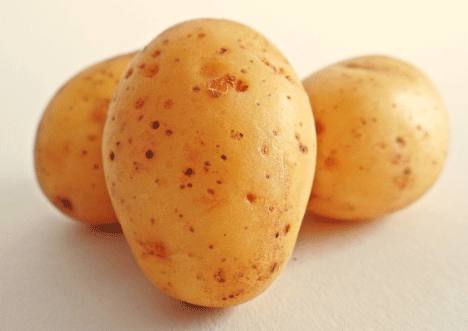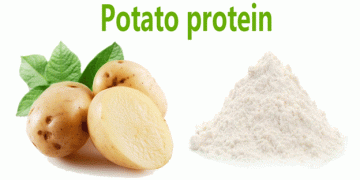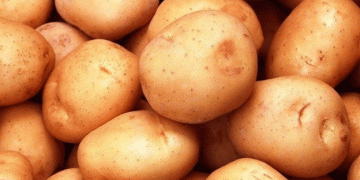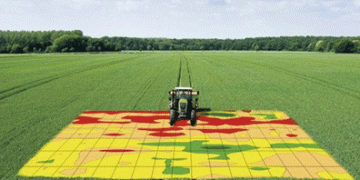As the 2023 potato harvest stocks in Eastern Germany near depletion, producer prices for alternative menu potatoes and peeled potatoes have remained unchanged from the previous week. This steady pricing comes despite dwindling supplies, signaling a well-managed inventory situation but also highlighting the need for strategic market adjustments.
Currently, early potatoes available in grocery stores are predominantly imported from Israel and Spain. These imports are facing a shortage, contributing to high prices. Packaging base prices for Spanish potatoes range from €110 to €115 per ton. This import reliance underscores the region’s vulnerability to external supply fluctuations and price volatility.
In the coming weeks, the market will see the arrival of the first small batches of domestic early potatoes, mainly from Palatinate and occasionally from Lower Saxony. However, the robustness of their skins, which affects their market readiness, remains uncertain. Early predictions suggest that local early potatoes should be priced below €100 per ton, making them a more affordable option compared to imported varieties.
According to market participants, consumer demand fluctuates seasonally, with a noticeable preference for cheaper stored potatoes over expensive imports from Israel and Spain. This consumer behavior drives a delicate balance between supply, demand, and pricing strategies in the potato market.
Additionally, field conditions are reported to be in good shape, with some areas in Mecklenburg-Vorpommern already undergoing spraying treatments to ensure crop quality and readiness for the market.
Eastern Germany’s potato market is navigating a complex landscape of dwindling stocks, high import costs, and the anticipation of domestic early potato availability. Effective inventory management and strategic pricing will be crucial in maintaining market stability and meeting consumer demand.






